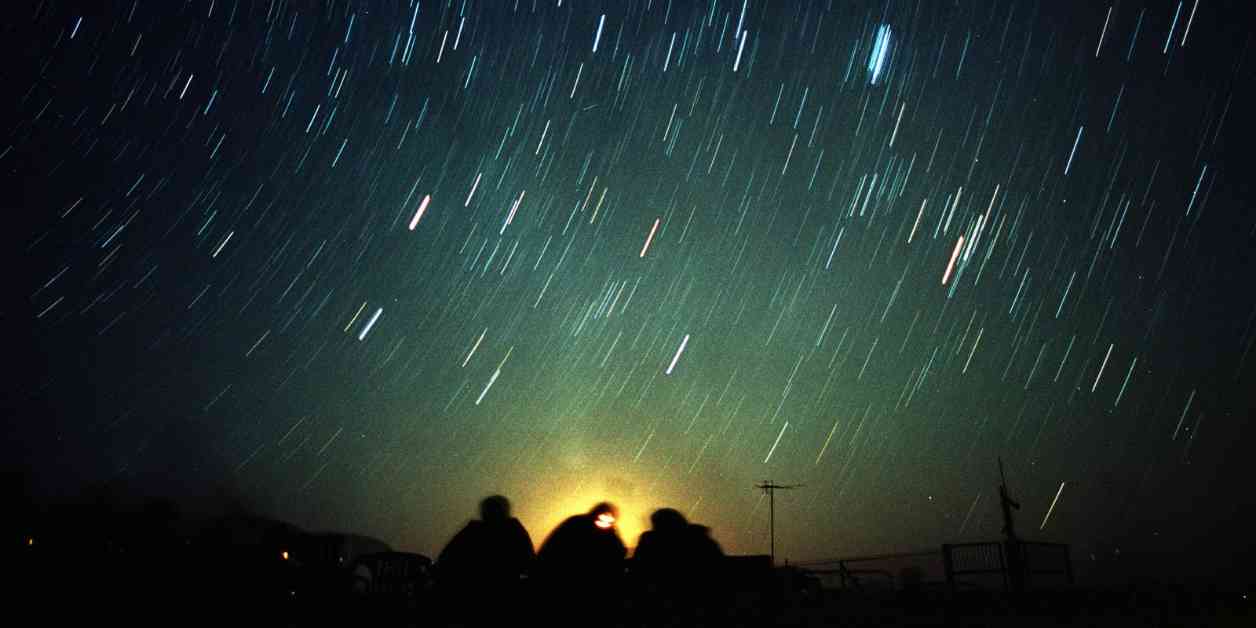The Leonid meteors are known for their fast fireballs and dazzling display in the night sky, although they are still a few years away from producing a meteor storm that truly captivates stargazers. This weekend, observers will have the opportunity to witness shooting stars speeding across the sky at an impressive rate of about 44 miles per second. The fireballs associated with the Leonids are brighter, more colorful, and longer-lasting than your average meteor streak, making for a spectacular show.
While the meteors are swift, they may not be abundant. During the peak activity, spectators may only catch a glimpse of about 15 meteors per hour. However, once every few decades, the Leonids unleash their full potential and create a meteor storm with hundreds or even thousands of meteors visible per hour. The last meteor storm occurred in 2002, so we still have a bit of time before another one graces our skies.
For those interested in viewing the Leonid meteor shower, the best viewing times will be on Saturday and Sunday when the shower reaches its peak activity. The Leonids are most visible starting around midnight local time. Unfortunately, this year, a nearly-full bright waning gibbous moon will hinder visibility, outshining the meteors.
While the Leonids appear to radiate from the constellation Leo, NASA recommends looking away from the constellation to get the best views. Finding an area away from city lights and light pollution, dressing warmly, and lying flat on your back with your feet facing east are some general viewing tips provided by the space agency. It may take up to 30 minutes for your eyes to adjust to the darkness and see streaking meteors, so patience is key.
Meteor showers like the Leonids occur when Earth passes through debris trails left by comets and other space objects as they orbit the sun. The debris, known as meteoroids, collide with Earth’s atmosphere at high speeds, creating fiery streaks in the sky. The Leonids originate from the comet 55P/Tempel-Tuttle, which was discovered in 1865 and 1866.
While meteor storms are a rare and spectacular event associated with the Leonids, they occur only once every 33 years when the parent comet releases fresh material during its orbit around the sun. The next possible dates for meteor storms are in 2031 and 2064, with the potential for rates exceeding 100 meteors per hour.
In conclusion, despite the challenges posed by the bright moon this year, the Leonid meteor shower promises to be a sight worth seeing for skywatchers. So, grab a blanket, find a dark spot away from city lights, and prepare to be amazed by nature’s celestial fireworks. Happy stargazing!













